Welcoming a new member into your family is a joyous occasion, but it also comes with the responsibility of ensuring their safety and well-being. As your little bundle of joy starts to explore the world around them, it is crucial to create a safe and secure environment at home.
To keep your baby safe, babyproofing your living space is a must. In this guide, we will show you the essential steps to baby proof each area of your home. This way, you can relax and have peace of mind while your little explorer discovers their new world..
1. Understanding Baby Development and Hazards
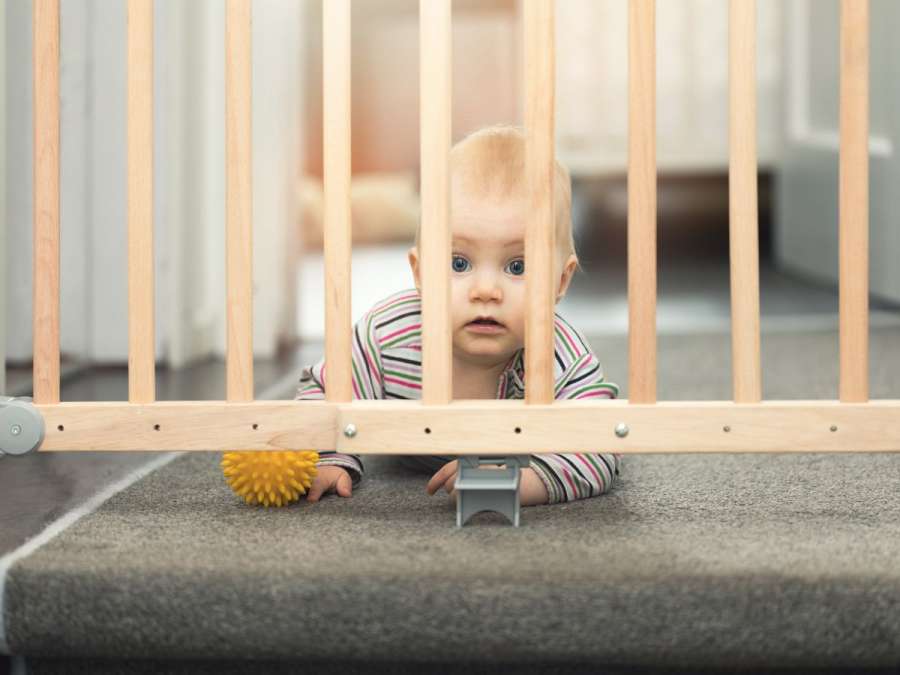
Before talking about the specifics of baby proofing, it is essential to have a basic understanding of your baby’s developmental milestones. You should also be aware of the potential hazards they may come across during their explorations.
a. Developmental Milestones:
From rolling over to crawling and eventually walking, babies go through various stages of development that influence their interaction with their surroundings. Understanding these milestones will help you foresee potential hazards.
b. Common Household Hazards:
Be aware of the common hazards in a typical household, such as sharp corners, electrical outlets, and household chemicals. Identifying these risks will help you identify the areas that require immediate attention.
2. Babyproofing the Nursery
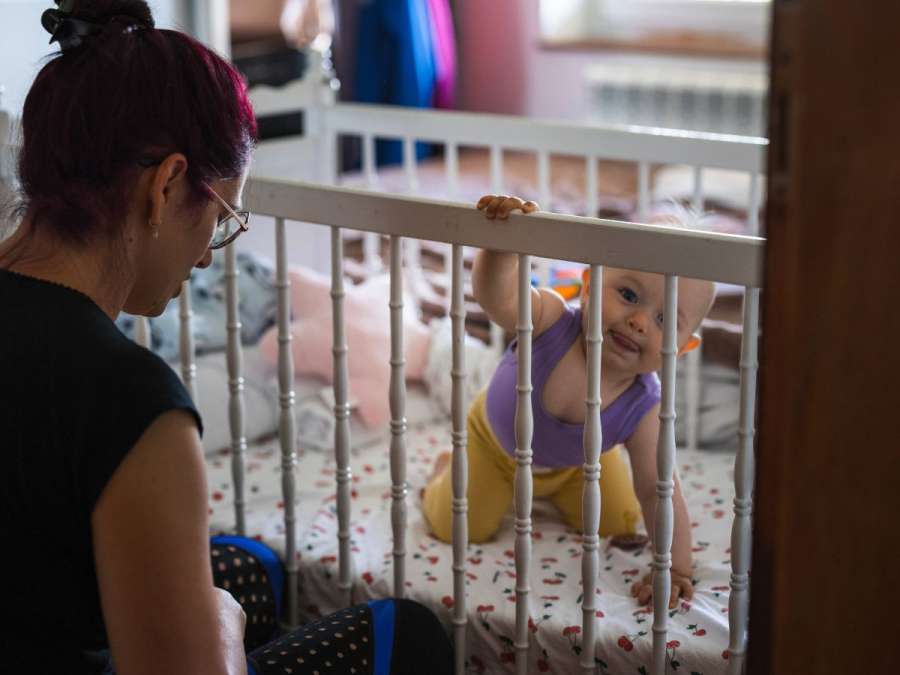
The nursery is the heart of your baby’s world, and creating a safe and cosy place for them to rest and play is crucial.
a. Crib Safety:
Ensure the crib meets the latest safety standards and has a snug-fitting mattress. Remove fluffy bedding or soft toys from the crib to reduce the risk of suffocation.
b. Cord Management:
Keep cords from blinds or curtains out of your baby’s reach to avoid strangulation hazards. Consider using cord winders or cordless window coverings.
c. Furniture Shifting:
Shift heavy furniture, such as dressers and bookshelves, to the wall to prevent tip-overs. Curious little climbers can easily cause furniture to fall if not properly secured.
3. Securing the Living Room and Common Areas
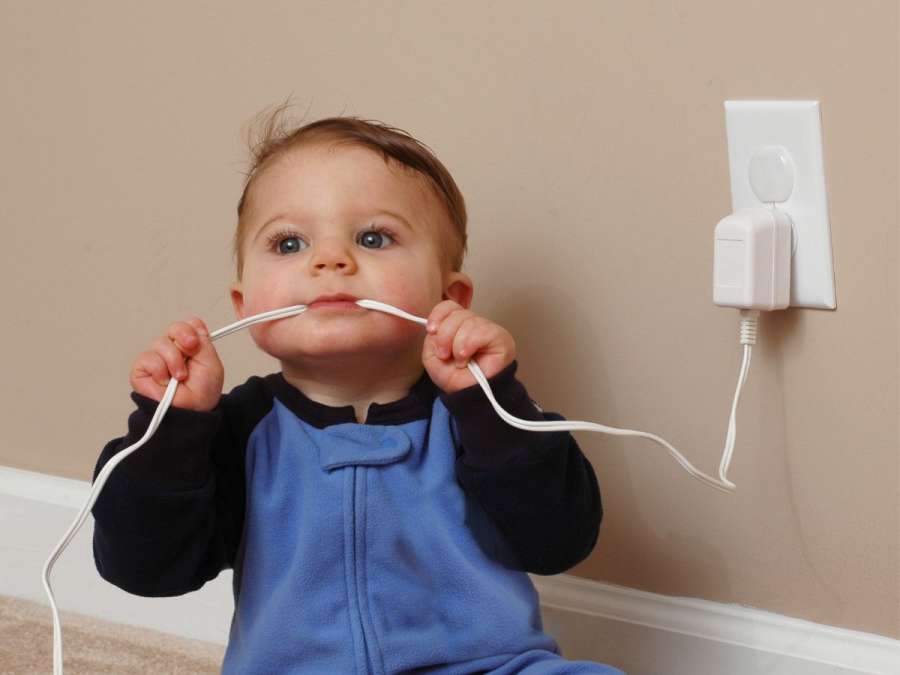
The family spends most of their time in the living room and common areas, making it essential to address potential hazards in these spaces.
a. Edge and Corner Guards:
Apply edge and corner guards to sharp furniture edges, such as coffee tables and TV stands, to protect your baby from bumps and bruises.
b. Electrical Outlets:
Use outlet covers or safety plugs to block access to electrical outlets, preventing the risk of electrocution.
c. TV and Electronics:
Fix your televisions securely to the wall and organize cords to prevent them from becoming potential tripping hazards.
4. Babyproofing the Kitchen
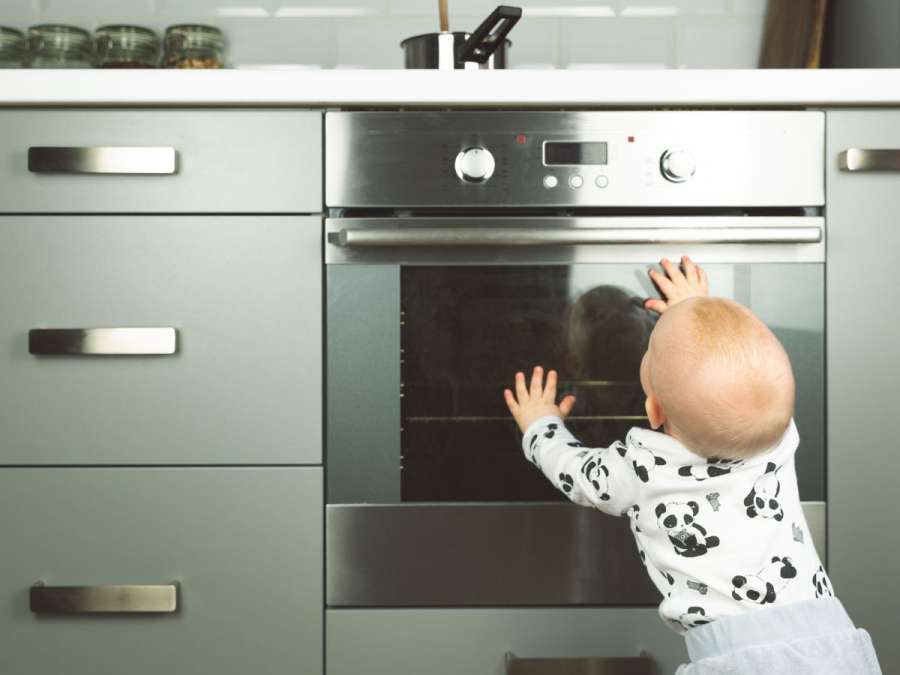
The kitchen can be a center of potential dangers, but with proper baby proofing, it can remain a safe space for the whole family.
a. Cabinet Locks:
Install cabinet locks on lower cabinets and drawers to keep sharp objects, cleaning supplies, and potential choking hazards out of your baby’s reach.
b. Stove and Oven Safety:
Use stove knob covers to prevent accidental burns or gas leaks. Consider installing a stove guard to create a barrier between your baby and hot surfaces.
c. Dishwasher Safety:
Keep the dishwasher properly closed with a latch to prevent your baby from accessing sharp utensils or detergents when not in use.
5. Babyproofing the Bathroom
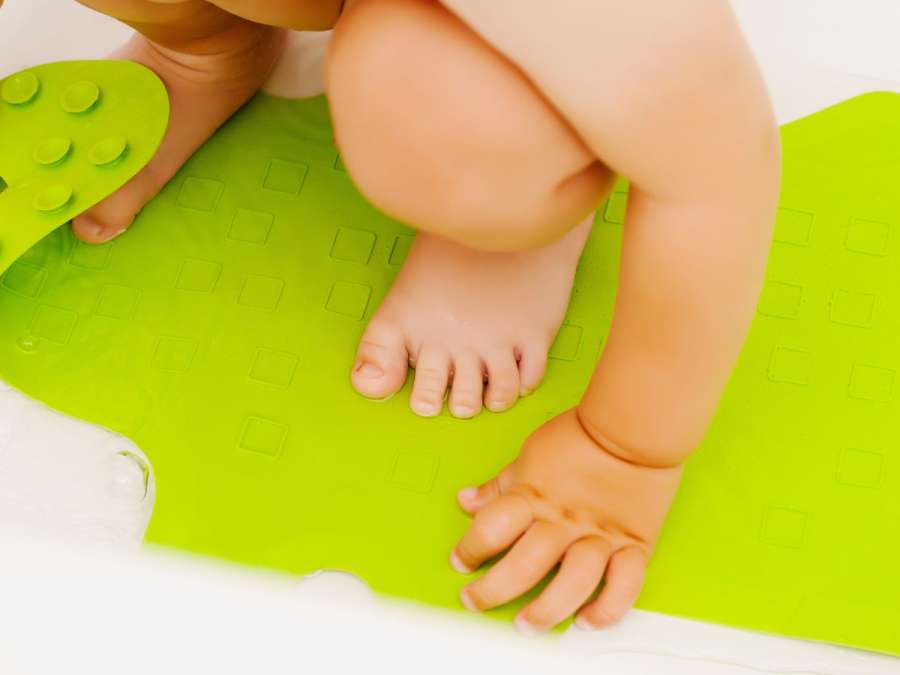
The bathroom poses unique risks due to slippery surfaces and potential drowning hazards.
a. Toilet Locks:
Install a toilet lock to prevent your little one from reaching into the toilet bowl or accidentally falling in.
b. Non-Slip Mats:
Place non-slip mats in the bathtub and shower to reduce the risk of slips and falls.
c. Medication and Toiletry Storage:
Store medicines, vitamins, and toiletries in locked cabinets, away from your child’s reach.
6. General Tips and Precautions
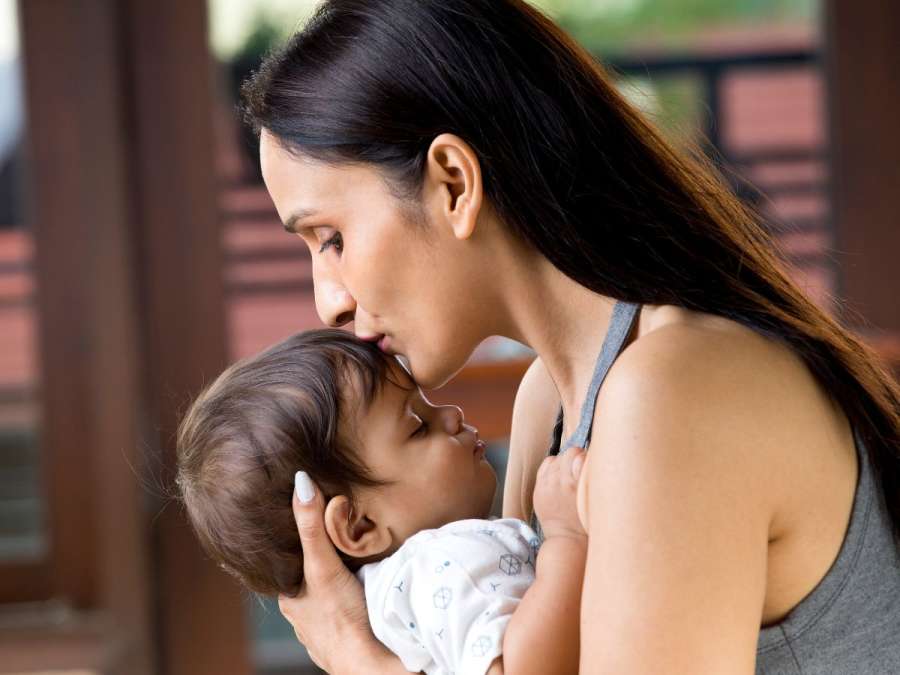
a. Supervision:
Even with all the necessary baby proofing measures in place, close supervision of your child is still crucial. Never leave them unattended in any potentially hazardous areas.
b. Regular Safety Checks:
Baby Proofing is an ongoing process. Regularly check your home for new hazards or areas needing additional safety measures as your baby grows and develops.
c. Educate Caregivers:
Ensure anyone caring for your child is aware of baby proofing measures and follows the same safety protocols.
Creating a safe environment for your baby is an ongoing journey that requires good observation and adaptability. By properly babyproofing your home and staying informed about potential hazards. This way you can also allow your little ones to explore their surroundings safely by ensuring their development and growth in a secure environment. Remember, as your baby grows, so will their curiosity, so it is essential to stay one step ahead and maintain a place for their exploration and discovery.
